Tumblr, Occupy, &c.
 down before up, viewable on flickr by clicking image, or tumblr by clicking here.
down before up, viewable on flickr by clicking image, or tumblr by clicking here.
Couple of photo-related things. First, the most minor of points, is that I now have a tumblr running alongside this blog. That will only be for posting select photos. So many of my flickr hits come from tumblr users, I figured getting in with that community could be beneficial.
Second, some new camera reviews should be on the way. My Pentax MX died, and in replacing it, I also picked up a Super Program. I want to do some comparisons of UI in different automatic camera bodies, like the sexy, super-functional single dial approach of the Fujica AZ-1 vs the button & knob approach of Pentax MEs and Programs.
Third, best for last, I briefly spent time with Occupy Frederick this week to get some documentation photos. A wonderful lot to spend time with. I’m in the process of throwing together a lengthy, confessional photoessay to be featured on the written section of this blog, which should be exciting. And a little depressing. Until then, most of the photos are visible at their official site, linked above.
End-of-year, Best-of-year
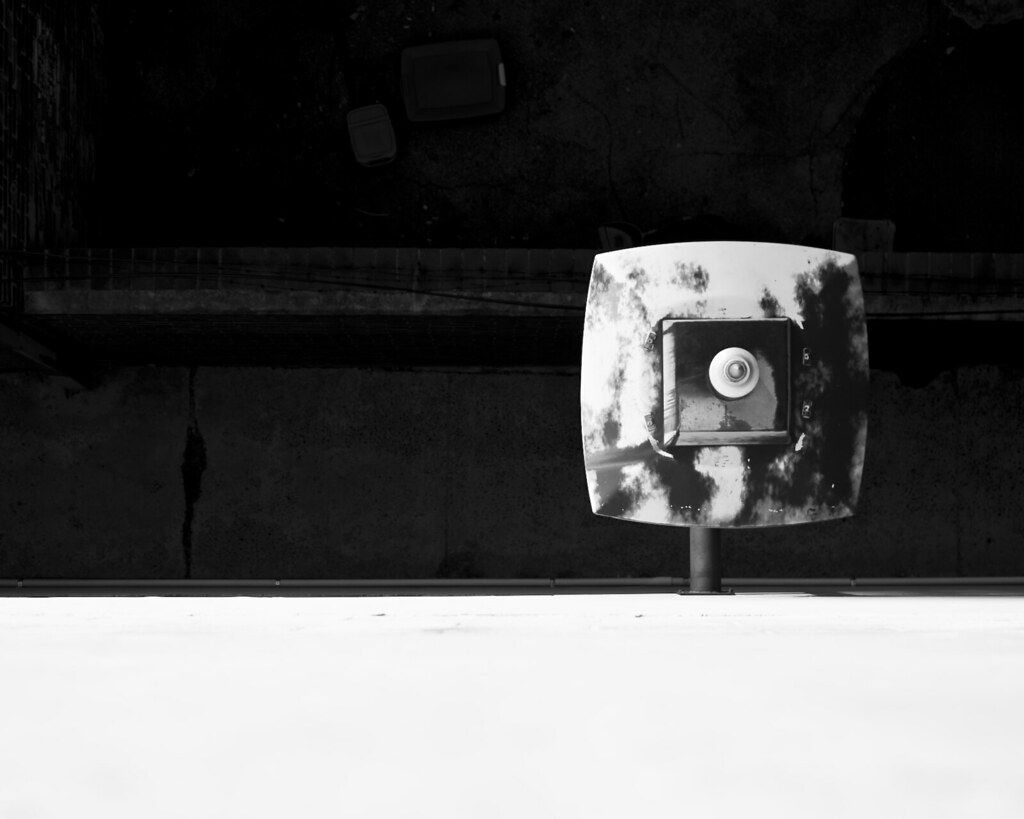
‘watchful,’ possibly my favorite photo of 2011.
As an introspective sort of an exercise, I went through all of my 2011 photos, and selected my top seven. I put them all into a set on Flickr, for feedback or whatever purpose, I’m not really sure. Anyway, I work better in top threes and sevens than fives and tens, so here’s my top three — and the rest of the seven are on Flickr.
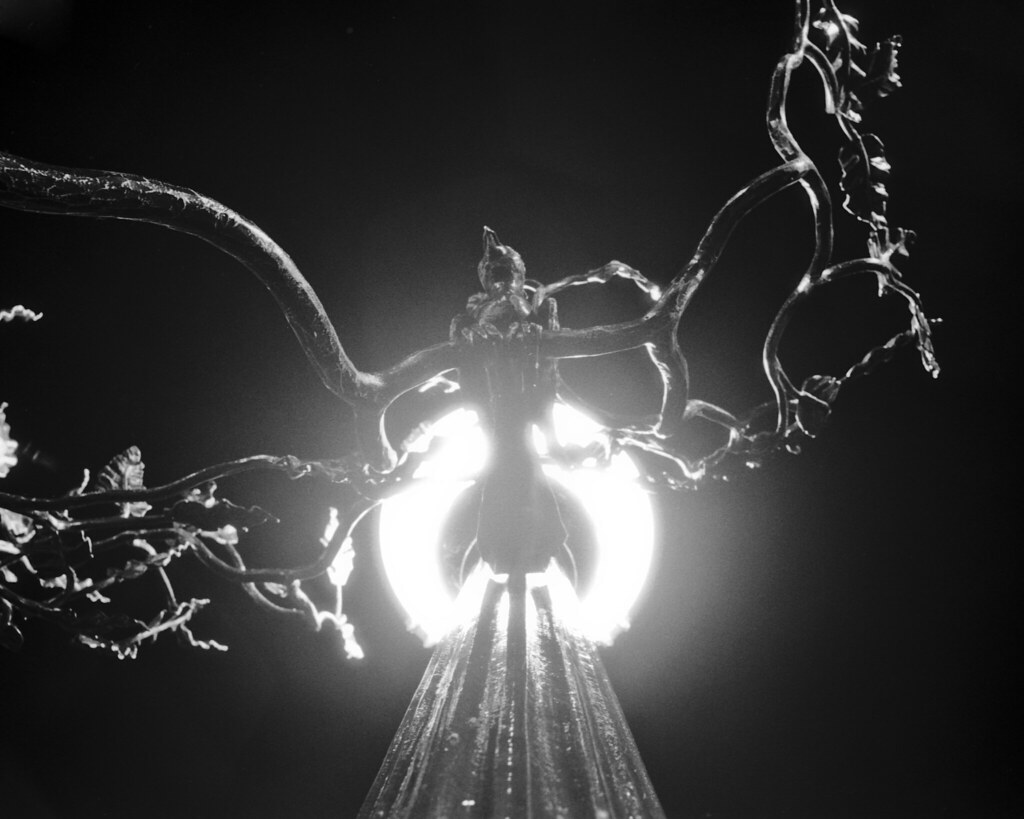
‘quoth,’ a photo i like considerably more than i probably should.

‘like fireworks to water,’ a night shot that i’m really quite happy with.
Trichrome (Three Color Separation Process)
The above image was shot on Fuji Neopan Acros, a standard black and white film stock. Yet, as is plainly visible, a full range of color has been reproduced. How? The oldest color-reproduction trick in the book — color separation. By recording a series of images (in this case, three), each containing a different isolated color element (which we might refer to as a channel), we get pieces of a whole that can be reconstructed to form a color image. Here, I’m using the logical combination of three primaries — red, green, and blue.
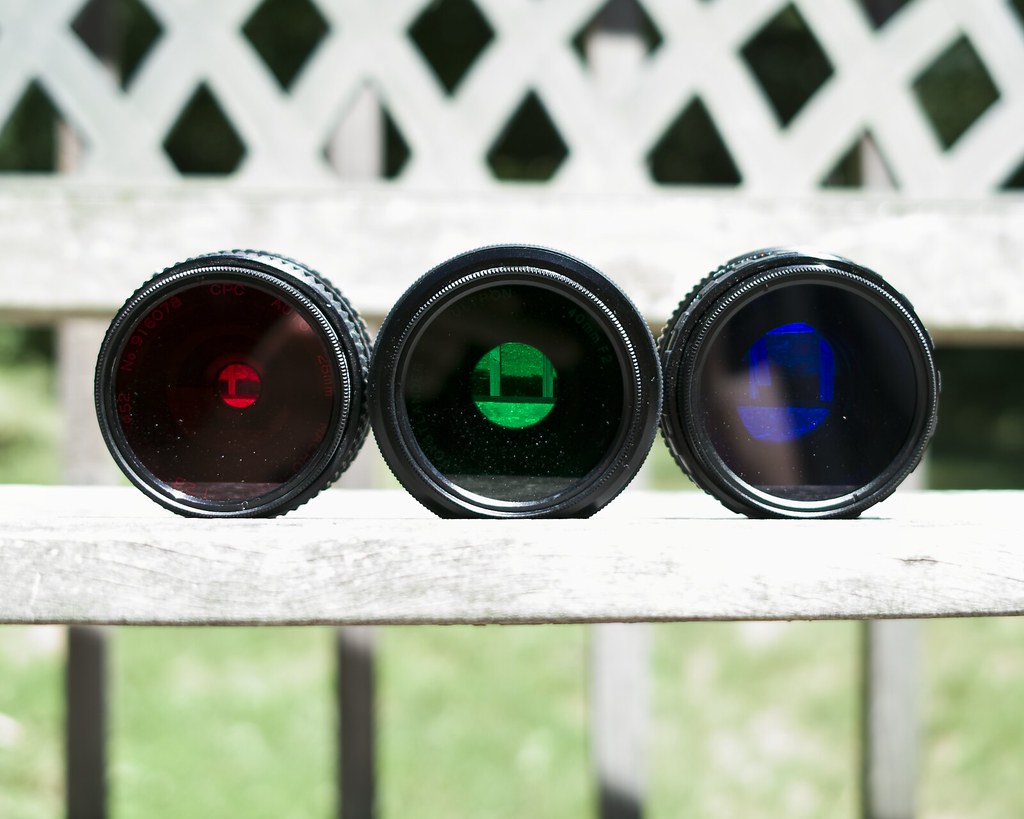
the three filters used in an rgb (trichrome) color separation photo.
Specifically, the three filters I’m using (seen above) are a Wratten 29 (red), a Wratten 61 (green), and a Wratten 47 (blue). I don’t think this is actually a perfect set — if memory serves, a deeper red would actually fit the green and blue better. But, getting filters in the odder Wratten numbers is tricky enough, and the 29, 61, 47 set works fine for my purposes. I’m using Tiffen filters, which are not necessarily the quality of B+W or Heliopan, but are affordable and, more importantly, available in a wide range of Wratten numbers. These filters are quite deep, and do rob the film of light — 3EV for the red, and —2.5EV for the green and blue.
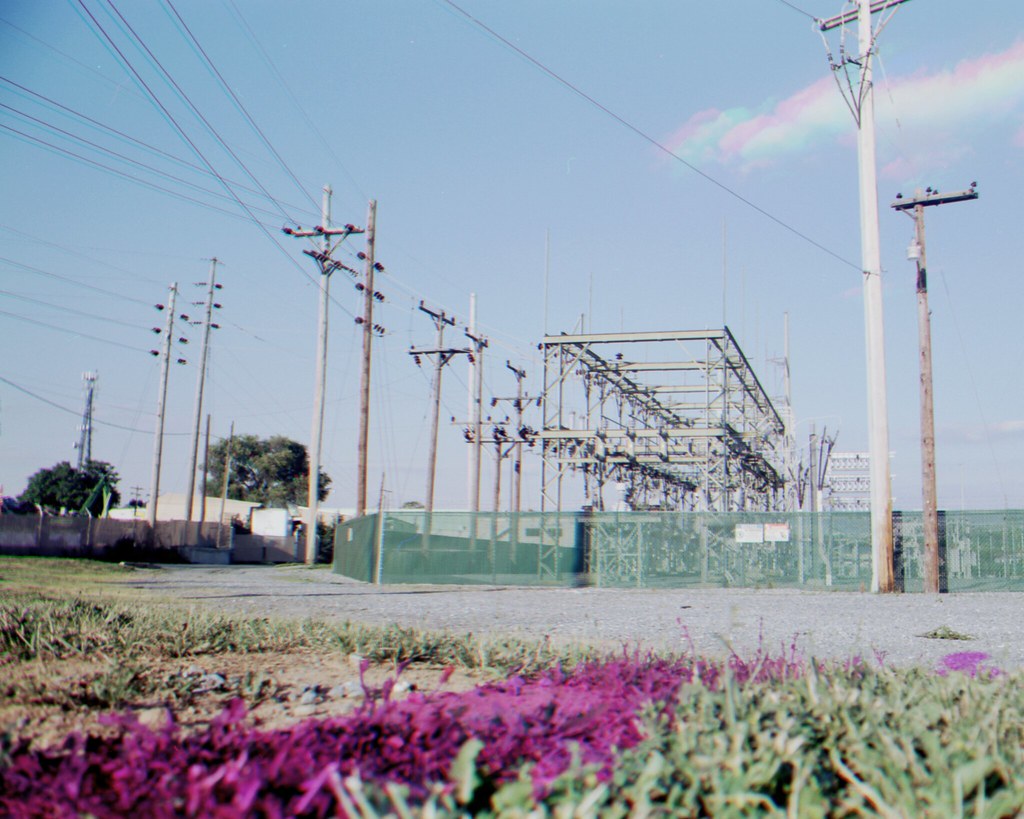
a shadow present on only one of the three frames — in this case, green — turns out the inverse color.
Since the process involves shooting three frames, and attaching/detaching three filters, care must be taken to keep the camera stable. The sturdier the tripod, the better. I suppose this is one instance where having a motor drive might help, reducing the potential for camera movement during frame advance. I’ve had decent luck, however, with just a small Novoflex tripod, and a manually-advanced body. I never screw the filters on too tightly — each one will only be on for a single frame at a time anyway.
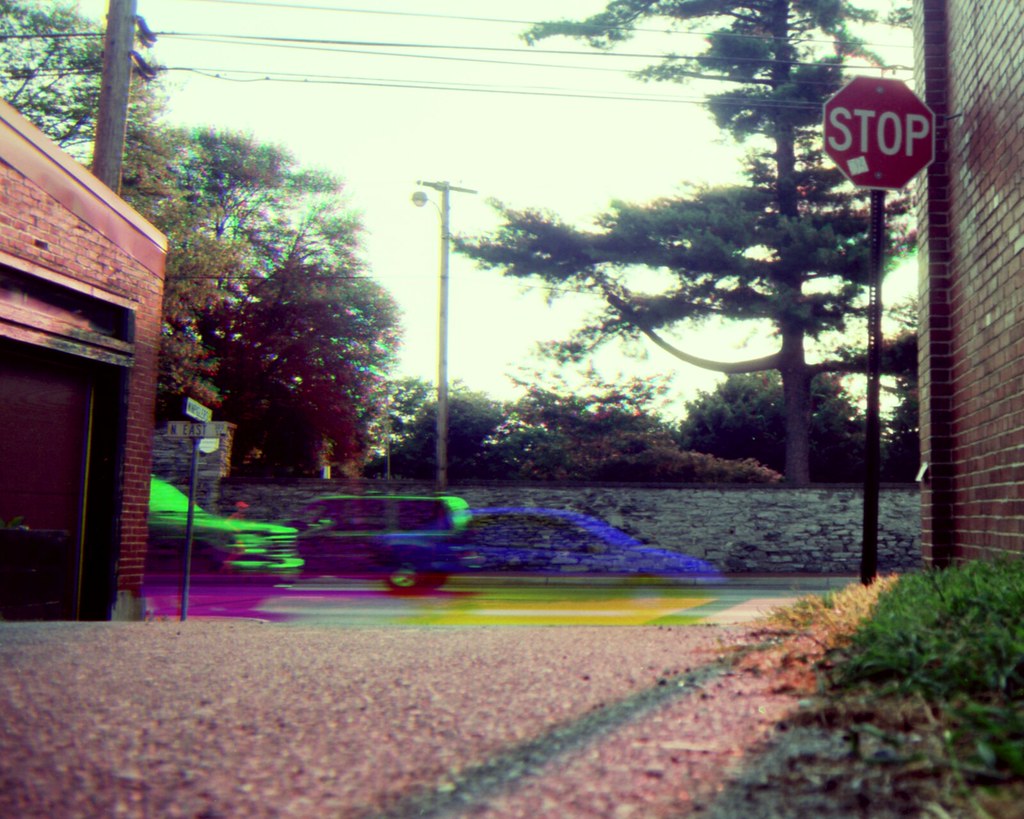
here, a person is visible on the red frame, a car on the blue, and two suvs on the green.
Since the filters are quite dark, I frame the shot before any of them go on. I meter while I’m framing, just to save time and energy after. For each shot, I compensate manually with the previously listed values. I always shoot them in order — red, then green, then blue — so that there’s no confusion afterward. Reconstructing the image in Photoshop is relatively simple. Bringing in all three layers is always the first step, and then either allowing Photoshop to auto-align them, or aligning them manually by viewing the differences of two at a time and adjusting accordingly. From there, the file can be converted from greyscale to RGB, and each layer reassigned to the corresponding channel. But, the method I prefer is to compensate for exposure and set each layer to screen over the next. I have a Photoshop Action just for this. Simply name the red layer ‘r,’ the blue layer ‘b,’ and the green layer ‘g,’ and the Action does the rest using Adjustment Layers for non-destructive behavior.
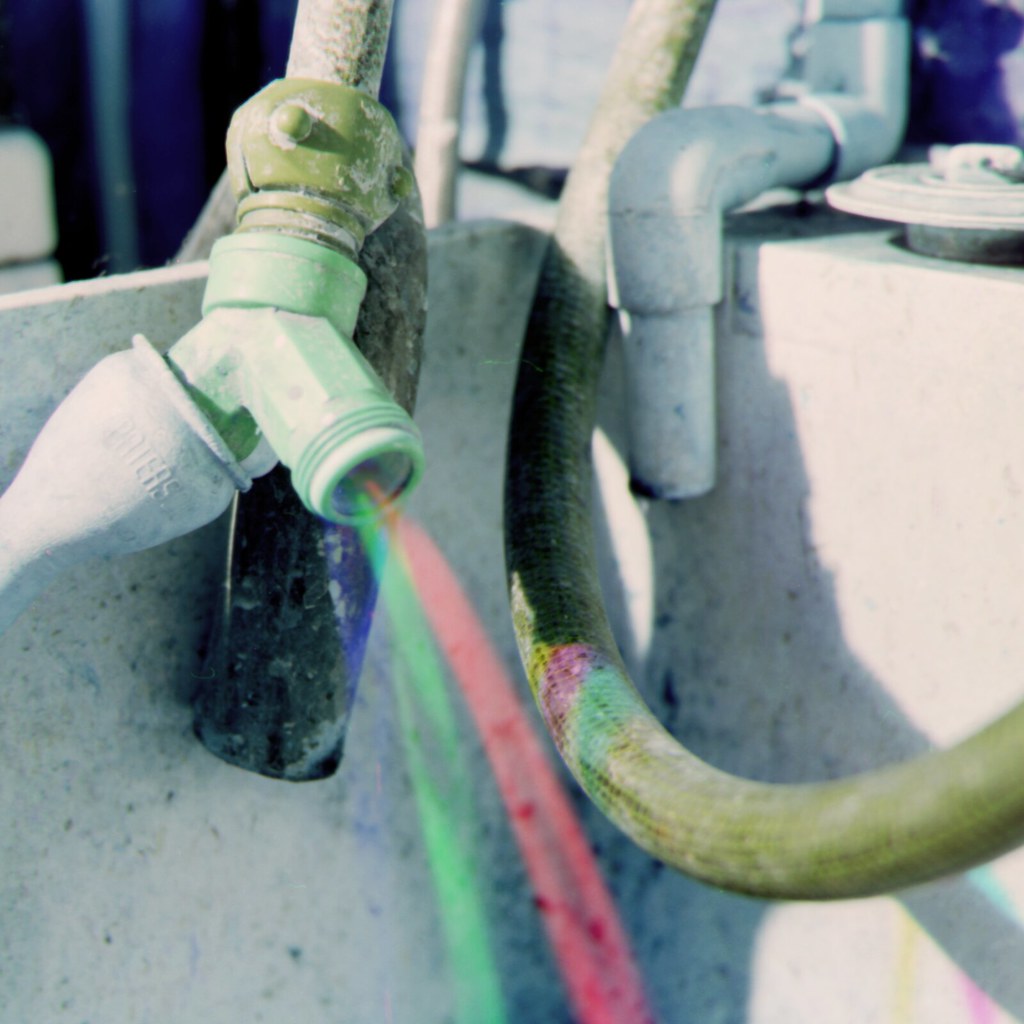
the three colored streams were created by adjusting water flow differently between each of the three filtered shots.
I guess the only thing left to address here is the matter of why.While home processing of color film has been made far more accessible recently, black and white is still cheaper, safer, and simpler. That’s kind of a cop-out reason due to the impracticality of trichrome photography — consider, for example, getting a human subject to stay still long enough for a crisp portrait. A more reasonable reason is simply that the temporal gaps between the three color channels leave plenty of opportunity for creative effects. Subjects moving in and out of frame will leave brightly colored ‘ghosts.’ Trees blowing in the wind will have multicolored glows about them. Water will shimmer prismatically and clouds will be like those from a dream. This is my reason — experimentation and a resultant image distanced yet further from reality.
While most b/w films are these days, it’s still wise to make sure you’re using panchromatic stock. Orthochromatic films like Efke lack sensitivity on the red side of the spectrum, and won’t do well for color reproduction. Be sure to check out the trichrome group on Flickr.
